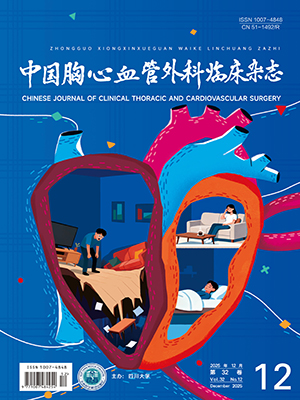Abstract: The first generation scaffolds of bare metal stents (BMS) and the second generation of drug eluting stents (DES) have been widely used in the treatment of coronary heart diseases. However, long term incidences of major adverse cardiovascular events and revascularization treatments are still high because of in-stent re-stenosis and thrombosis. These may be caused by chronic inflammations and vascular wall damages due to persistent metal stents stimulation. What’s more, the eluting drugs within metal stents could also disturb normal growth of vascular endothelial cell, intima, tunica media, smooth muscle and epimysium. Therefore, in order to meet these demands several fully biodegradable scaffolds and
drug carried stents have been manufactured using polymers polyester, polycarbonate and polyphosphate, etc. Among them, the security and histo-and hemo-compatibilities of coronary scaffolds made from poly-lactic acid (PLA), poly-glycolic acid(PGA), chitosan as coating, poly-caprolactone (PCL) and other copolymer like poly-lactic-co-glycolic acid (PLGA) have been testified to be sound. Nevertheless, there exist several different shortages for these stents such as tensile strength deficiency and slow degradation. PLA is hard and brittle with slow degradation, while PGA is soft with insufficient support force and fast degradation. Whether stents degrade too fast or too slow, they could not supply sufficient strength and effective support after implantation, and also they may cause target vascular injuries and elastic shrink inducing restenosis and thrombosis in long terms. Using optimized molar ratio component of PLA and PGA with chitosan coating, we can get sound composite materials with better biocompatibility, moderate degradation (approximately 3 - 6 months of completedegradation), adequate mechanical strength, lower inflammatory response and good range of extension, and establish an experiment ground for fully biodegradable vascular scaffolds fabrication.
Citation: GUO Qingkui,L Zhiqian.. Artificial Coronary Vascular Stents Fabrication Using Biodegradable Material Compounds of PLA/PGA-co-Chitosan. Chinese Journal of Clinical Thoracic and Cardiovascular Surgery, 2012, 19(3): 314-317. doi: Copy
Copyright ? the editorial department of Chinese Journal of Clinical Thoracic and Cardiovascular Surgery of West China Medical Publisher. All rights reserved




